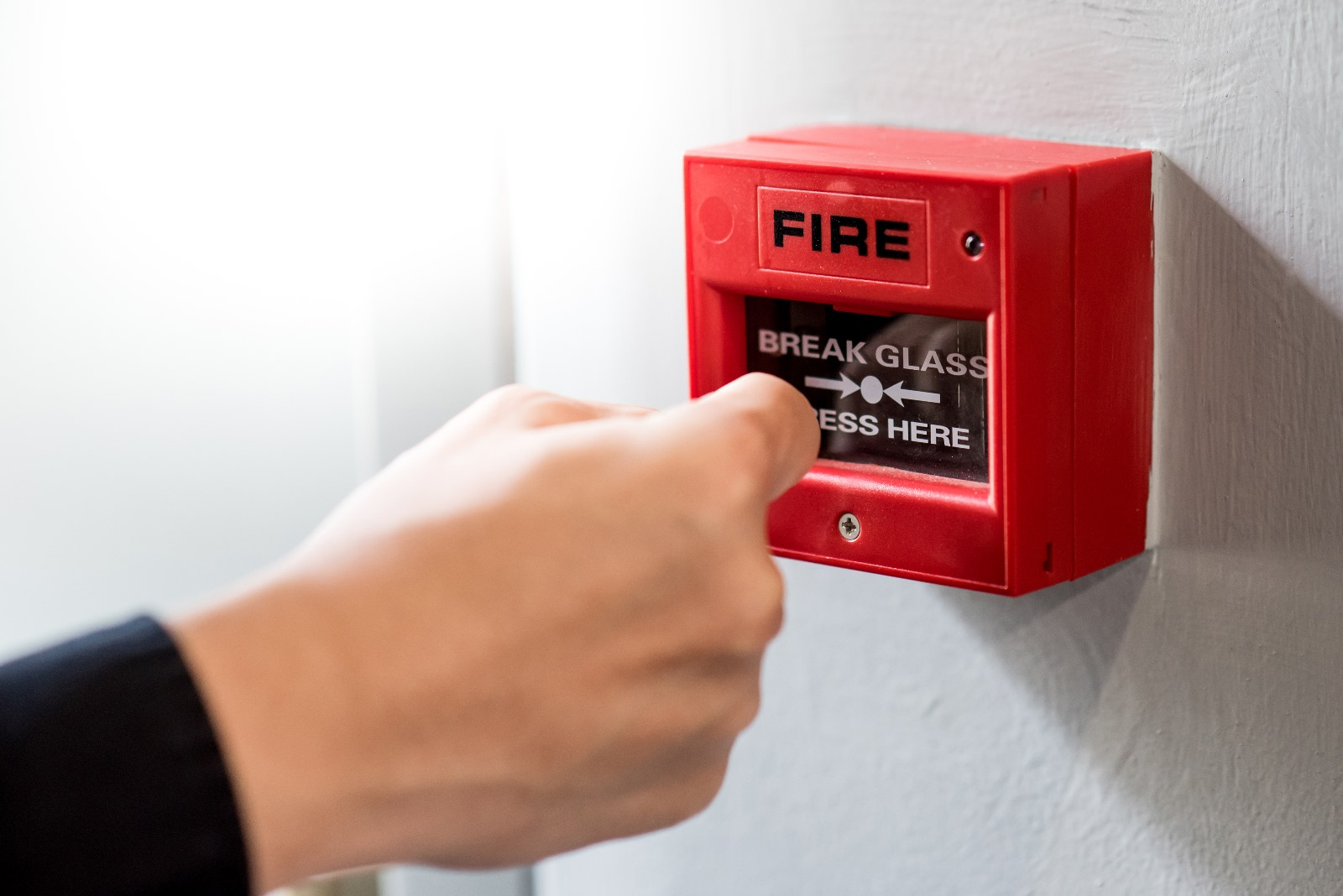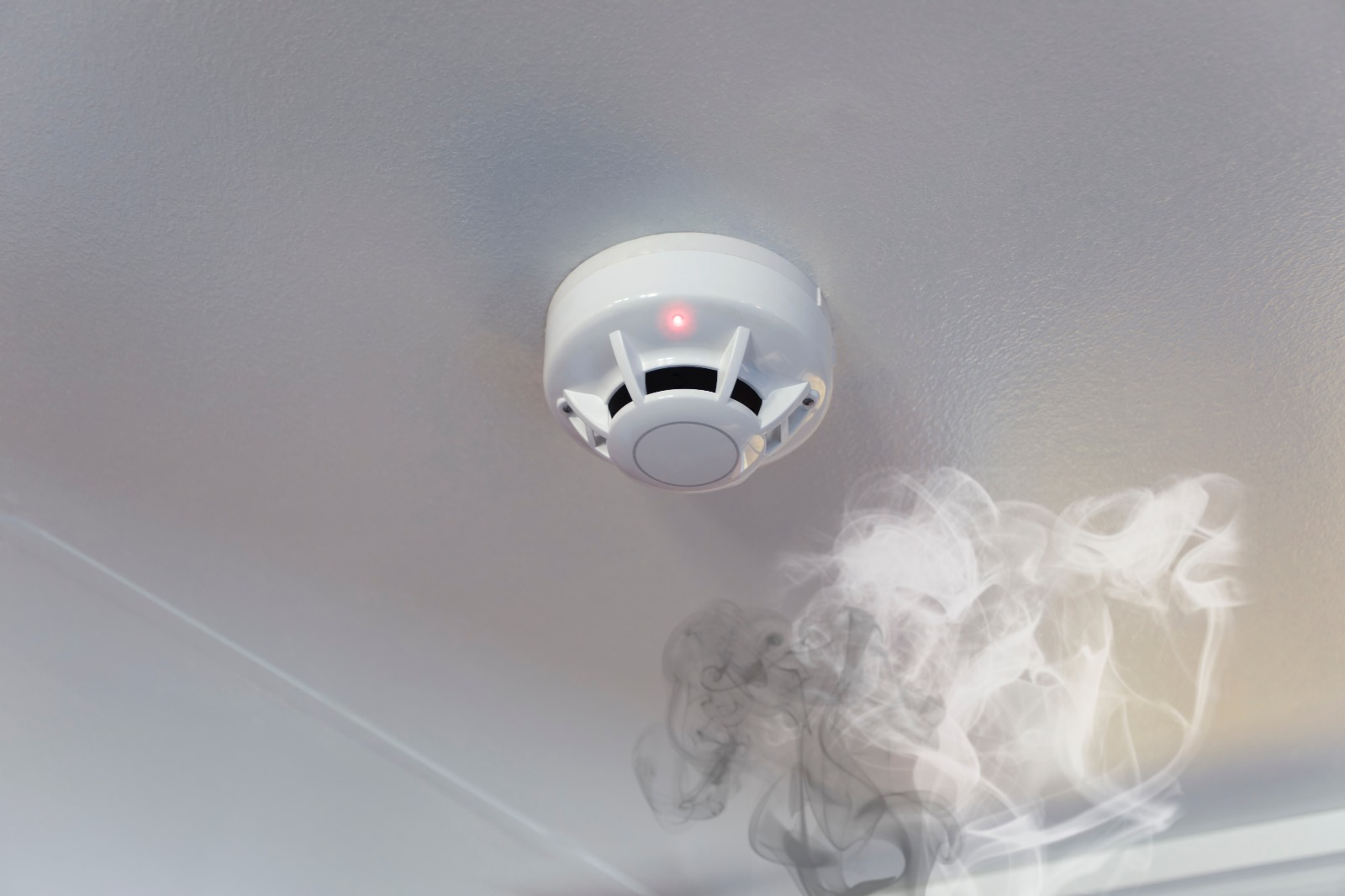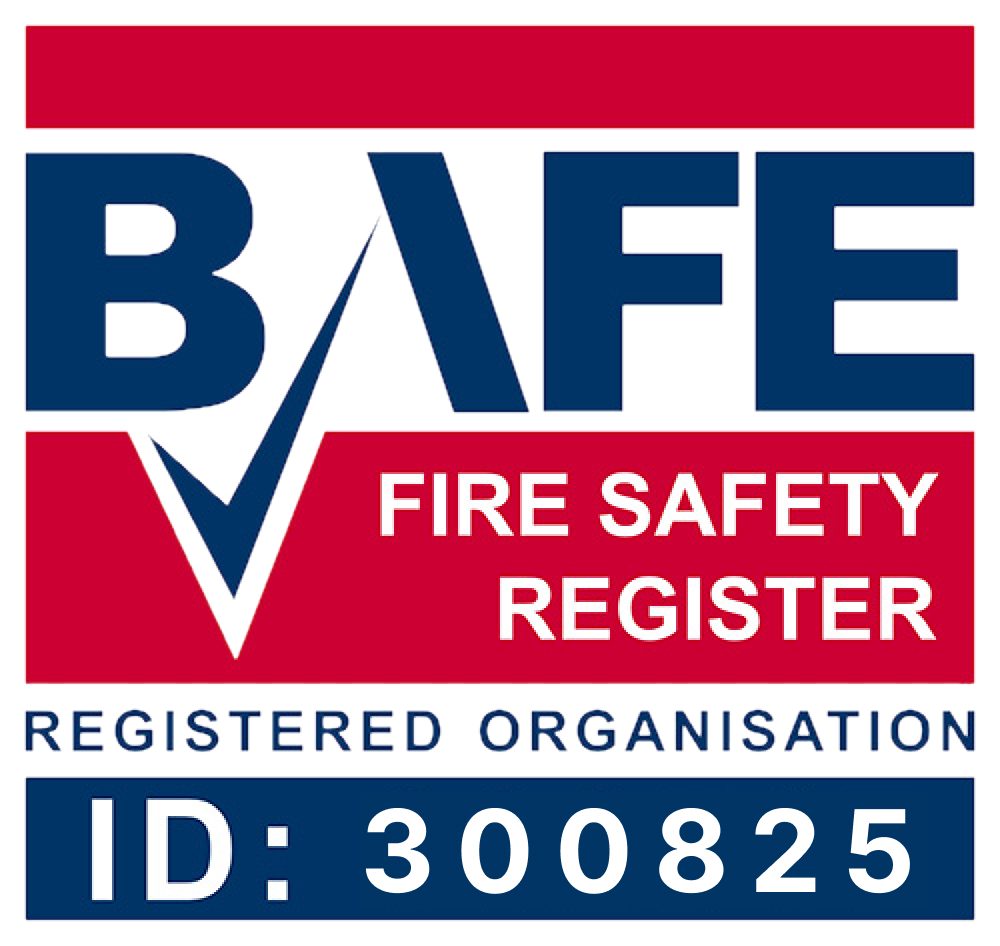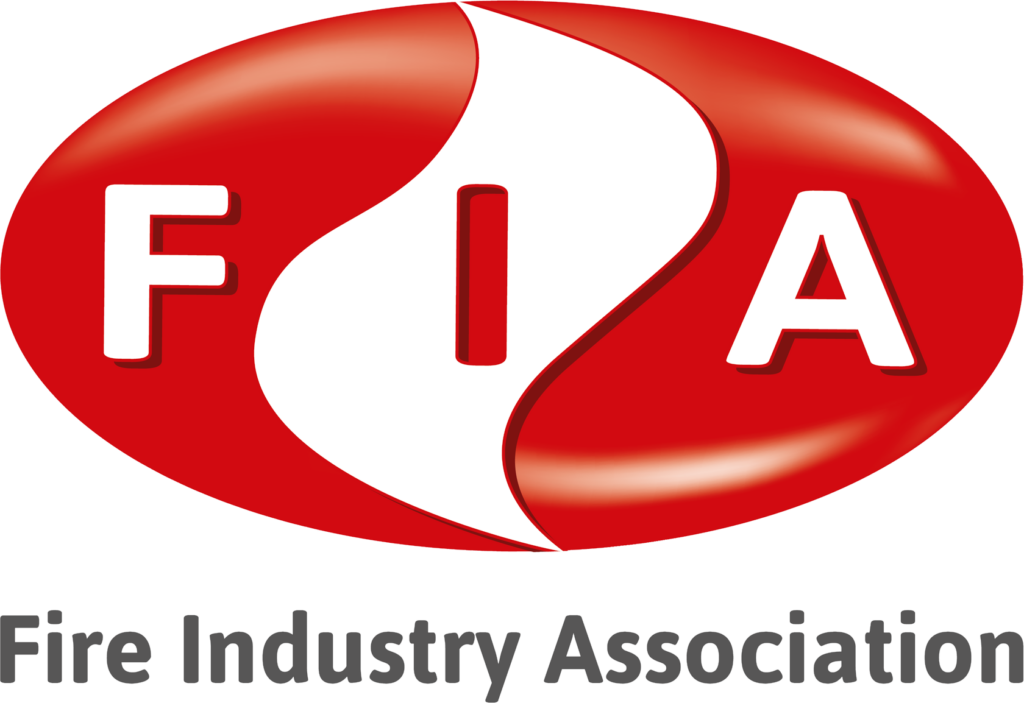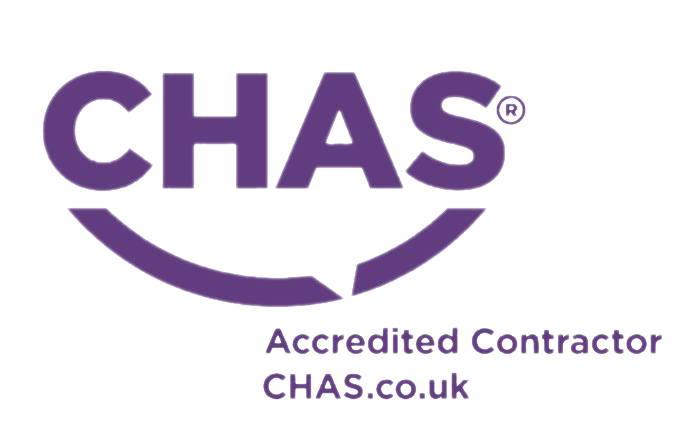Hospitals are places of healing, and it is essential that they remain well-lit at all times. Emergency lighting in hospitals plays an important role in keeping facilities safe during power outages or other crises.
This article will look into the importance of emergency lighting for hospitals, exploring how this technology can help improve patient safety and enhance their recovery process.
Emergency lighting has become increasingly common across many different industries over recent years, particularly within healthcare settings. By providing reliable illumination when regular lights fail, these systems ensure a safer environment for those who rely on medical care.
In this article, we’ll discuss why emergency lighting is so vital to hospitals and how it helps brighten the way to recovery.
Overview Of Emergency Lighting
Illuminating the path to recovery, emergency lighting is an essential component of hospitals. With a single flick of a switch, these lifesaving lights blaze into action in case of power failure or natural disasters. They are like tiny beacons of hope, leading the way out of darkness and uncertainty during desperate times.
Emergency lighting offers more than just protection from the dark – it can also provide safety for hospital staff and patients alike by marking escape routes and exits.
In addition, this critical technology allows medical teams to continue their work uninterruptedly even when all else fails.
Without a doubt, such powerful illumination has been instrumental in saving lives throughout history, providing solace to those who need it most.
Benefits Of Emergency Lighting For Hospitals
Emergency lighting for hospitals is an invaluable asset in the event of a power outage. It provides staff and patients with safety and security, as it illuminates escape routes in dark corridors or stairways.
In addition to this, emergency lighting helps reduce confusion during medical emergencies by illuminating essential areas such as operating theatre floors and patient wards. This ensures that medical personnel can quickly find their way around the hospital complex without fear of endangering themselves or their patients.
Furthermore, good quality emergency lighting can improve evacuation times significantly when compared to standard lighting systems. The bright LED lights provide clear visibility even in low-light conditions which allows staff to evacuate safely and swiftly if needed.
Not only does this ensure everyone’s safety but also minimises disruption caused due to unexpected events such as power outages. All these benefits make investing in high-quality emergency lighting for hospitals a no-brainer for any healthcare facility looking to guarantee its occupants’ safety at all times.
Types Of Emergency Lighting Systems
In comparison to the blinding darkness of a power outage, emergency lighting illuminates a hospital’s halls like rays of hope. Its purpose is two-fold: providing safe evacuation routes and ensuring continuity in vital operations during an electricity disruption. With such crucial roles, there are various types of systems available for hospitals to choose from:
- Central battery
One central location houses all the batteries that store energy until it is needed. This system can be configured to provide general or independent illumination across multiple areas. Generally suitable for larger buildings with complex layouts where each area requires different levels of light intensity.
- Standby Generator
Generators come into play when the mains supply fails; they kick in quickly to ensure uninterrupted power flow and dependable lighting solutions throughout the facility. Best suited for small facilities which require only basic backup support for essential services such as medical equipment and life safety systems.
The selection process involves weighing up both operational needs and budget restrictions, so it pays to research thoroughly before making any decisions. Ultimately, no matter what type of emergency lighting system is chosen, having one installed offers peace of mind knowing that an effective solution is on hand if ever required.
Regulations Of Emergency Lighting In Hospitals
Medical facilities must adhere to strict regulations when it comes to emergency lighting. In the UK, The Regulatory Reform (Fire Safety) Order 2005 states that any buildings used for healthcare purposes need a reliable source of light in case of an emergency power cut or fire alarm activation.
This means that all lights should be installed correctly and regularly checked to ensure they are working properly at all times. In hospitals, however, there is even more stringent regulation surrounding emergency lighting due to the nature of the environment.
All corridors and stairwells must have well-lit escape routes so patients can navigate them safely in an evacuation situation. Lights within these areas must also operate on standby mode so they come on automatically if the main power supply fails.
Special consideration should also be given to those with physical disabilities who may require additional assistance during emergencies; non-slip flooring and accessible handrails will help provide extra support as needed. Emergency lighting helps protect lives by providing clear pathways and guidance during chaotic situations; without it, many people could become disoriented or panicked in darkness and risk further injury or harm while trying to find their way out of a building.
It is essential that medical institutions follow appropriate safety guidelines when installing such systems, ensuring their premises are adequately lit both day and night.
Technologies Used In Emergency Lighting Systems
Having discussed the regulations of emergency lighting in hospitals, it is now time to turn our attention to technologies used in such systems. In modern times, technological advancements have enabled healthcare facilities to benefit from a range of sophisticated and reliable solutions for powering their vital services during power outages.
The following are some popular technologies employed in hospital emergency lighting systems:
- LED Lighting – LEDs provide long-lasting performance with minimal energy consumption and cost savings over the lifetime of the product.
- Photoluminescent Technology – This technology utilises glow-in-the-dark materials that store light energy during normal operations which can then be released as illumination when needed.
- Battery Backup Systems – These allow uninterrupted power supply by automatically switching between mains power and battery backup at the time of outage or blackout.
- Central UPS System – Such centralised uninterruptible power supplies deliver power protection to multiple devices connected on one platform instead of individually powered systems.
- Smart Grid Solutions – Intelligent management systems connected directly to utility grids help detect disturbances ahead of an event and initiate appropriate actions before any damage occurs.
These cutting-edge technologies ensure safety, reliability and efficiency while providing essential support in crisis situations. With this level of sophistication, there’s no doubt that emergency lighting will continue to play a critical role in helping hospitals navigate through challenging circumstances.
Installing Emergency Lighting In Hospitals
Emergency lighting is an important part of any hospital, providing illumination during blackouts or other emergencies. Installing emergency lighting in a hospital is a relatively simple process and can be completed in no time at all.
When installing emergency lights, it’s important to ensure that they are placed correctly so as to provide maximum coverage throughout the entire building. It’s also essential to make sure that each light has its own backup power source in case of a power failure, such as batteries or generators.
Finally, hospitals should test their emergency lighting regularly to ensure it is functioning properly and up-to-date with current safety standards. This way, if ever needed, the lights will be ready for use without fail. By taking these steps, hospitals can rest assured knowing their premises have sufficient illumination even when regular power fails.
Frequently Asked Questions
What Are The Average Costs Of Emergency Lighting Systems For Hospitals?
Shining a light on the subject of emergency lighting systems for hospitals, one cannot deny their importance in life-threatening situations. As such, it is worth asking – what are the average costs associated with these essential pieces of equipment?
We must consider that the cost of installing an effective system can vary greatly depending on size and complexity and is very individual. To get a free quote on emergency lighting, feel free to get in touch!
What Are The Maintenance Requirements For Emergency Lighting Systems?
Maintaining emergency lighting systems in hospitals is essential for ensuring the safety of patients and staff during a power outage. They must be regularly inspected to ensure they are up-to-date with current regulations, as well as running smoothly.
This requires regular testing, cleaning and replacing any faulty components. It’s also important that all staff members are trained on how to use the system effectively, should an emergency arise.
In order to keep these systems functioning properly, it is recommended that maintenance inspections take place at least every six months.
Are There Any Additional Safety Features Available In Emergency Lighting Systems?
Are there any additional safety features available in emergency lighting systems?
Of course, hospitals must ensure that their emergency lighting is up-to-date and meets the necessary standards. But what else can they do to make sure these systems are as safe as possible?
Fortunately, modern emergency lighting comes with a range of advanced features designed to provide extra protection for hospital staff and patients alike. These may include automatic dimming during daylight hours, battery backups in case of power outages, and even motion sensors that detect unexpected activity within an area and trigger extra illumination if needed.
All this helps to guarantee maximum safety when using emergency lighting in a healthcare setting.
Is There A Recommended Testing Frequency For Emergency Lighting Systems?
It is recommended to test Emergency Lighting Systems regularly in order to ensure proper functioning and safety.
The frequency of testing can vary, depending on the individual needs of a hospital or other medical facility.
Generally speaking, these systems should be tested at least once per month, but frequent checks may be necessary for high-traffic areas.
Testing involves checking that the lighting system turns on correctly when an emergency situation arises and that it’s working properly throughout the entire area covered by the system.
Are There Any Additional Energy Saving Features With Emergency Lighting Systems?
When it comes to emergency lighting systems, are there any additional energy-saving features?
Absolutely! Many modern emergency lighting systems come with a range of energy-saving features such as motion sensors that automatically turn the lights off when not in use or low-wattage LED bulbs.
This helps reduce electricity bills and can ensure the system runs more efficiently over time. With the right setup, you may be able to save money on your operating costs while still providing reliable illumination in an emergency situation.
Emergency lighting systems are a crucial element in any hospital.
Not only do they provide the necessary light during power outages, but also their safety features and energy-saving capabilities make them invaluable assets.
When investing in a system, it’s essential to consider all costs associated with installation and maintenance, as well as test frequency for optimal performance.
In conclusion, no matter how you look at it, emergency lighting is paramount for hospitals’ efficiency and its very survival!
All potential buyers should weigh up the pros and cons before making a purchase if they’re looking to stay ahead of the game.
With modern technology advancing so quickly, there’s never been a better time to invest in this life-saving equipment.

